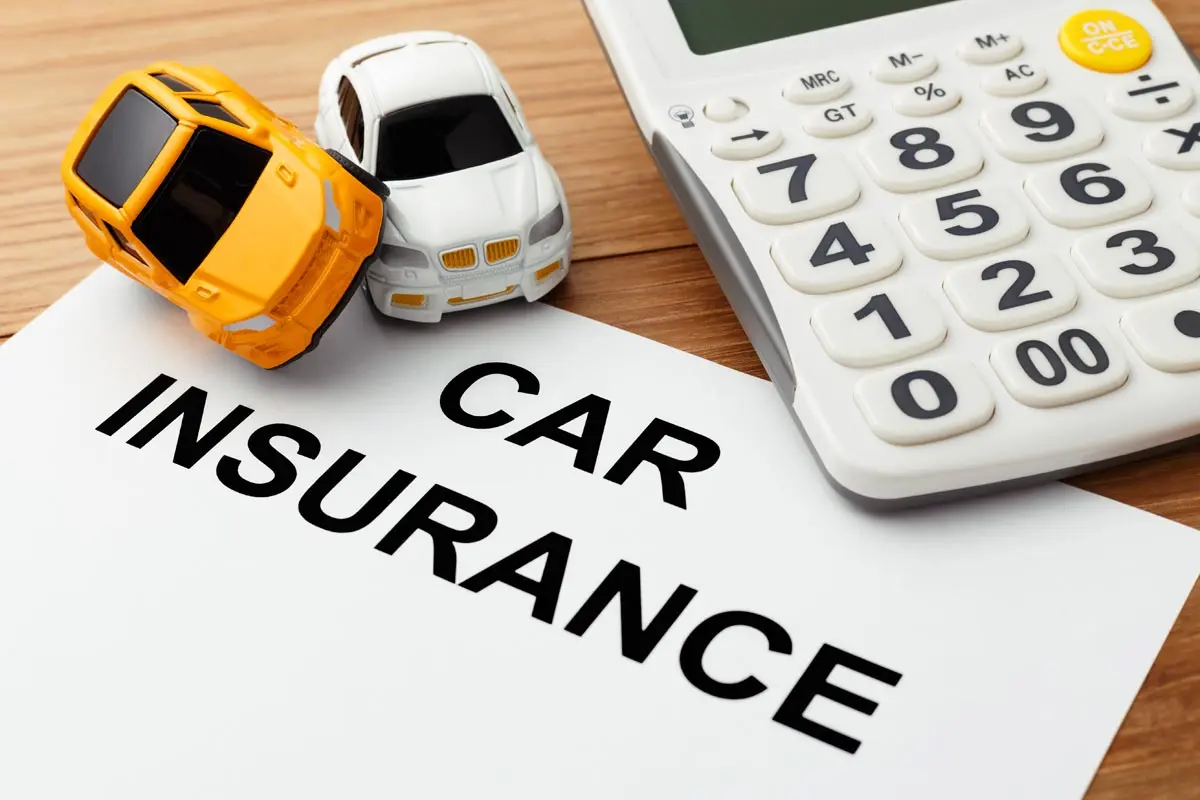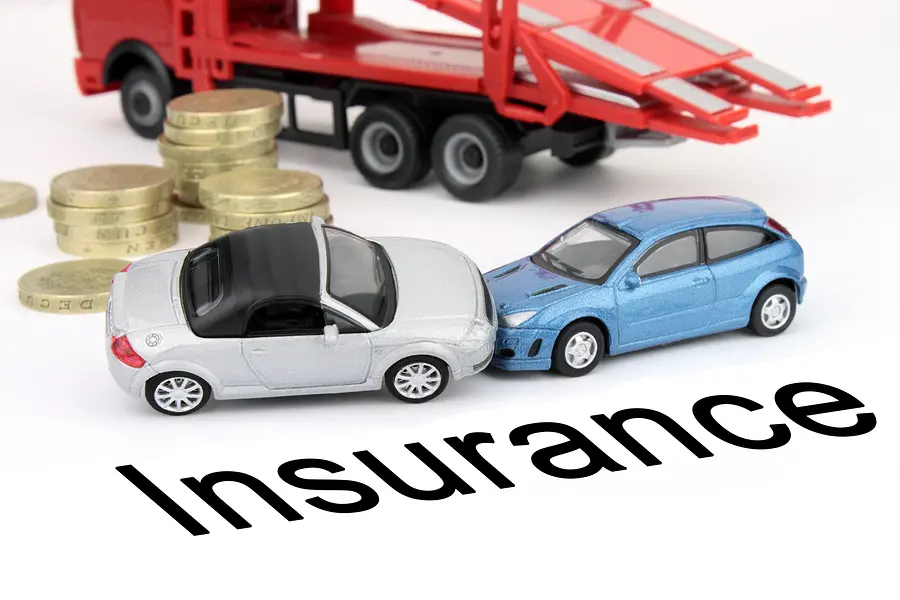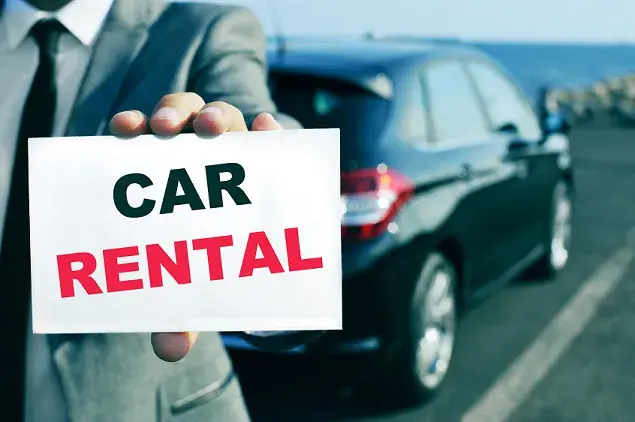
Car insurance is a necessity, but it doesn’t have to break the bank. In 2025, drivers have more options than ever to find affordable auto coverage that fits their needs and budget. Whether you’re a new driver, a long-time vehicle owner, or someone with a less-than-perfect driving record, this guide highlights the best cheap car insurance companies in the U.S., along with expert tips to help you compare rates and maximize savings.
Why Finding Cheap Car Insurance Still Matters in 2025
The average cost of car insurance in the U.S. continues to rise, driven by inflation, rising vehicle prices, and higher repair costs. According to recent data, the national average annual premium has surpassed $1,900. Yet, many drivers overpay simply because they don’t shop around.
Saving Tip:
Drivers who compare quotes from multiple insurers can save up to $600 per year.
In 2025, insurance companies are leveraging AI to personalize premiums. That means two drivers with identical vehicles may receive vastly different quotes depending on their zip code, credit score, driving history, and even whether they park in a garage or on the street.
Top 7 Best Cheap Car Insurance Companies in 2025
We’ve analyzed dozens of providers to bring you a list of companies offering reliable coverage at budget-friendly prices. These insurers are ranked based on affordability, customer service, ease of getting a quote, and availability of discounts.
1. GEICO
GEICO remains one of the most affordable and well-known names in the industry. Known for its catchy ads and user-friendly mobile app, GEICO consistently offers low rates for drivers with clean records.
Pros:
- Competitive pricing nationwide
- Wide range of discounts (multi-policy, good driver, military)
- Highly rated mobile app
Cons:
- Fewer local agents compared to some competitors
2. State Farm
State Farm is ideal for those who prefer to work with local agents. It offers solid discounts for safe driving and students, along with its Drive Safe & Save program.
Pros:
- Excellent claims service
- Good rates for families and teens
- Strong agent network
Cons:
- Slightly higher base premiums for high-risk drivers
3. Progressive
Progressive is a go-to option for drivers with DUIs, accidents, or poor credit. The Name Your Price tool lets you set a budget and build coverage around it.
Pros:
- Great for high-risk drivers
- Snapshot app rewards safe driving
- Large online quote platform
Cons:
- Rates can vary significantly by location
4. Nationwide
Nationwide offers some of the lowest average rates for full coverage policies. Its SmartRide usage-based program helps good drivers save even more.
Pros:
- Usage-based savings
- Strong financial stability
- Optional accident forgiveness
Cons:
- Not available in all states
5. Liberty Mutual
Liberty Mutual offers customizable car insurance with a wide array of optional add-ons. They also provide immediate online quotes and 24/7 customer service.
Pros:
- Fast online quote process
- Customizable policies
- Safe driver rewards
Cons:
- Discount eligibility varies by state
6. USAA
USAA offers unbeatable rates and customer service—but only for military members, veterans, and their families. If eligible, it’s easily the best value on the market.
Pros:
- Lowest premiums for eligible drivers
- Outstanding customer satisfaction
- Comprehensive mobile tools
Cons:
- Limited eligibility
7. Travelers
Travelers is a solid option for drivers looking for basic, no-frills insurance with consistent rates and strong agent support.
Pros:
- Reliable coverage
- Bundling discounts
- Good for multi-vehicle households
Cons:
- Fewer discounts than competitors
How to Compare Car Insurance Rates in 2025
Comparing car insurance rates doesn’t mean contacting every provider manually. Use online comparison tools to gather multiple quotes in minutes. Keep in mind that the lowest price isn’t always the best value—coverage quality and service matter too.
Key steps to compare effectively:
Start with your current provider: Ask for a re-quote annually.
Use comparison sites: Sites like The Zebra, Insurify, and Gabi are helpful.
Match coverage levels: When comparing, ensure you’re looking at identical liability, deductible, and coverage limits.
Ask about hidden fees: Some low-rate quotes exclude essential coverages.
Check financial ratings: Choose insurers rated A- or higher by AM Best.
Discounts That Can Help Lower Your Premium
Most drivers qualify for at least one discount. Knowing which discounts are available can significantly lower your insurance cost.
Common discount types:
Safe driver: No tickets or accidents for 3–5 years
Multi-policy: Bundle with home or renters insurance
Low mileage: Drive under a certain number of miles annually
Student discount: For full-time students with a B average or higher
Military: Active-duty and veterans
Paperless billing: Receive statements electronically
Pay-in-full: One-time annual payment instead of monthly
Cheap Car Insurance for Young and High-Risk Drivers
Young drivers and those with poor driving records often face the highest premiums. However, some companies specialize in offering budget-friendly options for these groups.
Best insurers for young drivers:
- State Farm: Offers good student and driver training discounts
- GEICO: Among the lowest base rates for teens
- Progressive: Flexible plans for drivers under 25
Best for high-risk drivers:
- The General: Focuses on drivers with tickets, DUIs, or lapses
- Dairyland: Competitive rates for non-standard policies
- Progressive: More lenient underwriting and usage-based pricing
Tips to save:
- Take a defensive driving course
- Choose an older, safer car
- Stay on a parent’s policy if under 25
- Increase your deductible
Should You Choose Full Coverage or Minimum Liability?
Choosing between full coverage and minimum liability depends on your car’s value, your finances, and your risk tolerance.
Full Coverage Includes:
- Liability (bodily injury + property damage)
- Collision (damage to your own car)
- Comprehensive (theft, fire, flood, etc.)
When full coverage makes sense:
- Your car is less than 8 years old
- You lease or finance the vehicle
- You live in a high-risk area (theft, vandalism)
Minimum liability works if:
- You drive an older, low-value car
- You can afford to pay out-of-pocket in case of damage
- You live in a low-traffic area
State-by-State Differences in Cheap Car Insurance
Car insurance pricing varies dramatically depending on where you live. Some states have higher accident rates, theft claims, or legal requirements that impact premiums.
Top 5 cheapest states for car insurance:
- Maine
- Ohio
- Idaho
- Vermont
- Wisconsin
Most expensive states:
- Michigan
- Florida
- Louisiana
- California
- New York
When searching for “cheap car insurance near me,” make sure to include your ZIP code to get accurate local quotes.
Final Tips to Get the Best Rate in 2025
Shop around every 6–12 months: Rates change regularly.
Bundle policies: Combine car, home, and renters insurance.
Use telematics programs: Let your insurer track your driving habits to earn discounts.
Improve your credit score: Many states use credit as a pricing factor.
Consider a higher deductible: This lowers your monthly premium but increases what you pay in a claim.
Avoid lapses in coverage: Even a one-day gap can raise your rates.
Conclusion – Save More Without Sacrificing Coverage
In 2025, finding cheap car insurance is more about being proactive than lucky. With countless tools, apps, and flexible policies available, drivers have more control than ever over what they pay. Start by comparing quotes from the top-rated providers listed here, take advantage of every discount you qualify for, and reassess your needs at least once a year.
Affordable auto insurance doesn’t mean settling for less—it means getting smart about how and where you buy coverage. Compare, save, and drive protected.








